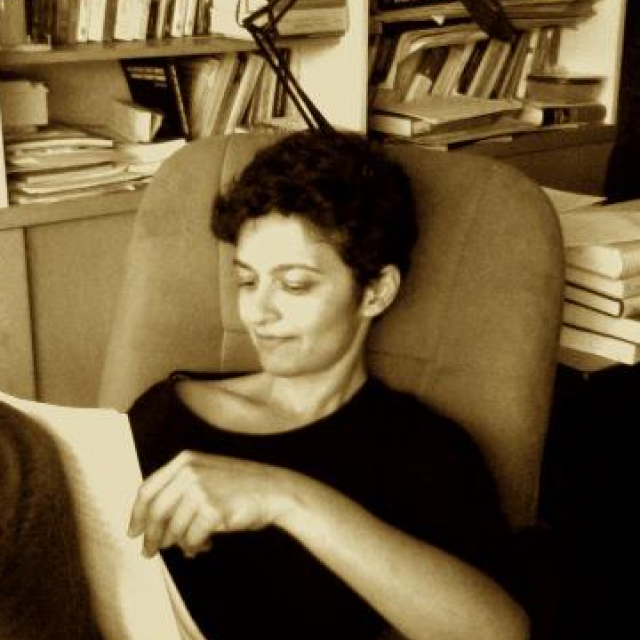UBC Math Bio Seminar: Nilima Nigam
Event Recap
A recording of this event is available on mathtube.org.
Topic
Skeletal muscle: modeling and computation
Speakers
Details
Skeletal muscle is composed of cells collectively referred to as fibers, which themselves contain contractile proteins arranged longtitudinally into sarcomeres. These latter respond to signals from the nervous system, and contract; unlike cardiac muscle, skeletal muscles can respond to voluntary control. Muscles react to mechanical forces - they contain connective tissue and fluid, and are linked via tendons to the skeletal system - but they also are capable of activation via stimulation (and hence, contraction) of the sacromeres. The restorative along-fibre force introduce strong mechanical anisotropy, and depend on departures from a characteristic length of the sarcomeres; diseases such as cerebral palsy cause this characteristic length to change, thereby impacting muscle force. In the 1910s, A.V. Hill [1] posited a mathematical description of skeletal muscles which approximated muscle as a 1-dimensional nonlinear and massless spring. This has been a remarkably successful model, and remains in wide use. Yet skeletal muscle is three dimensional, has mass, and a fairly complicated structure. Are these features important? What insights are gained if we include some of this complexity in our models? Many mathematical questions of interest in skeletal muscle mechanics arise: how to model this system, how to discretize it, and what theoretical properties does it have? In this talk, we survey recent work on the modeling, parameter estimation, simulation and validation of a fully 3-D continuum elasticity approach for skeletal muscle dynamics. This is joint work based on a long-standing collaboration with James Wakeling (Dept. of Biomedical Physiology and Kinesiology, SFU).
